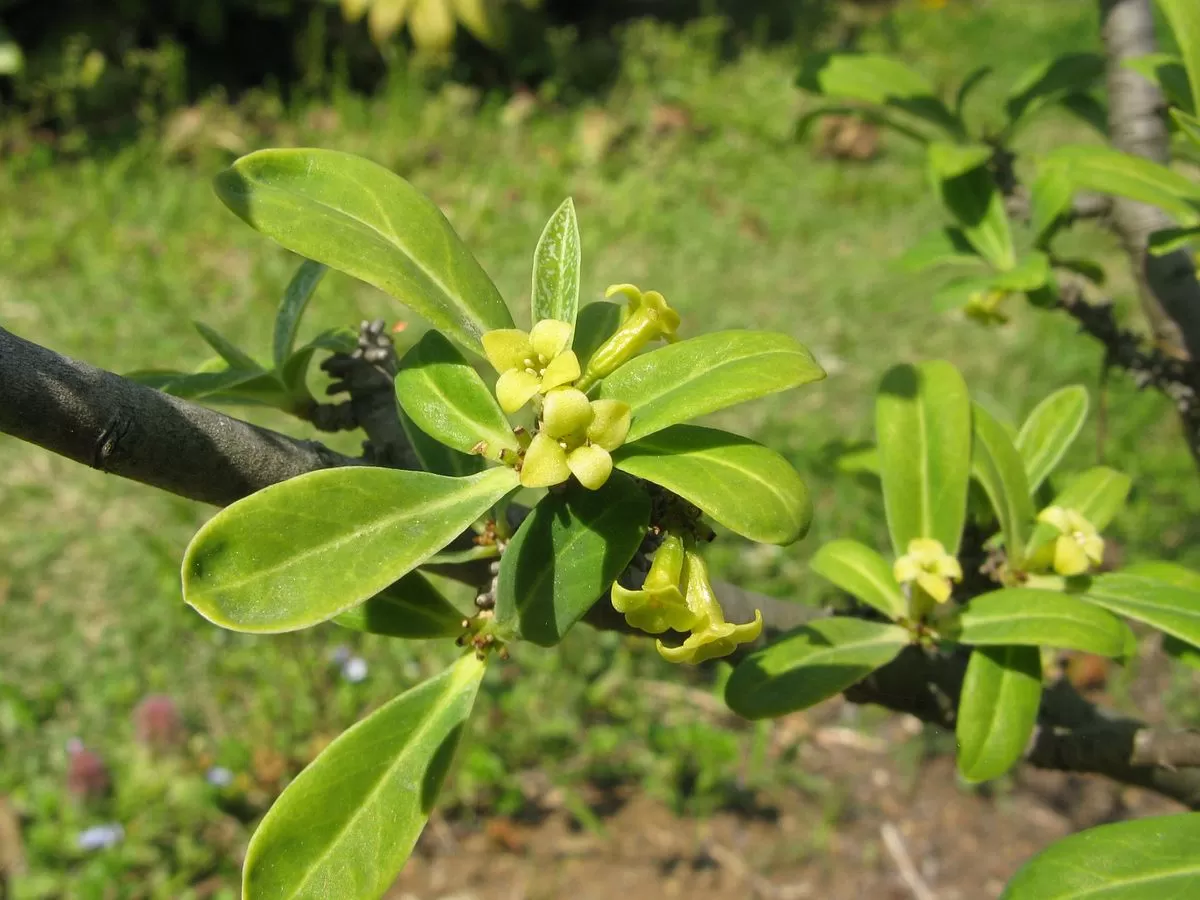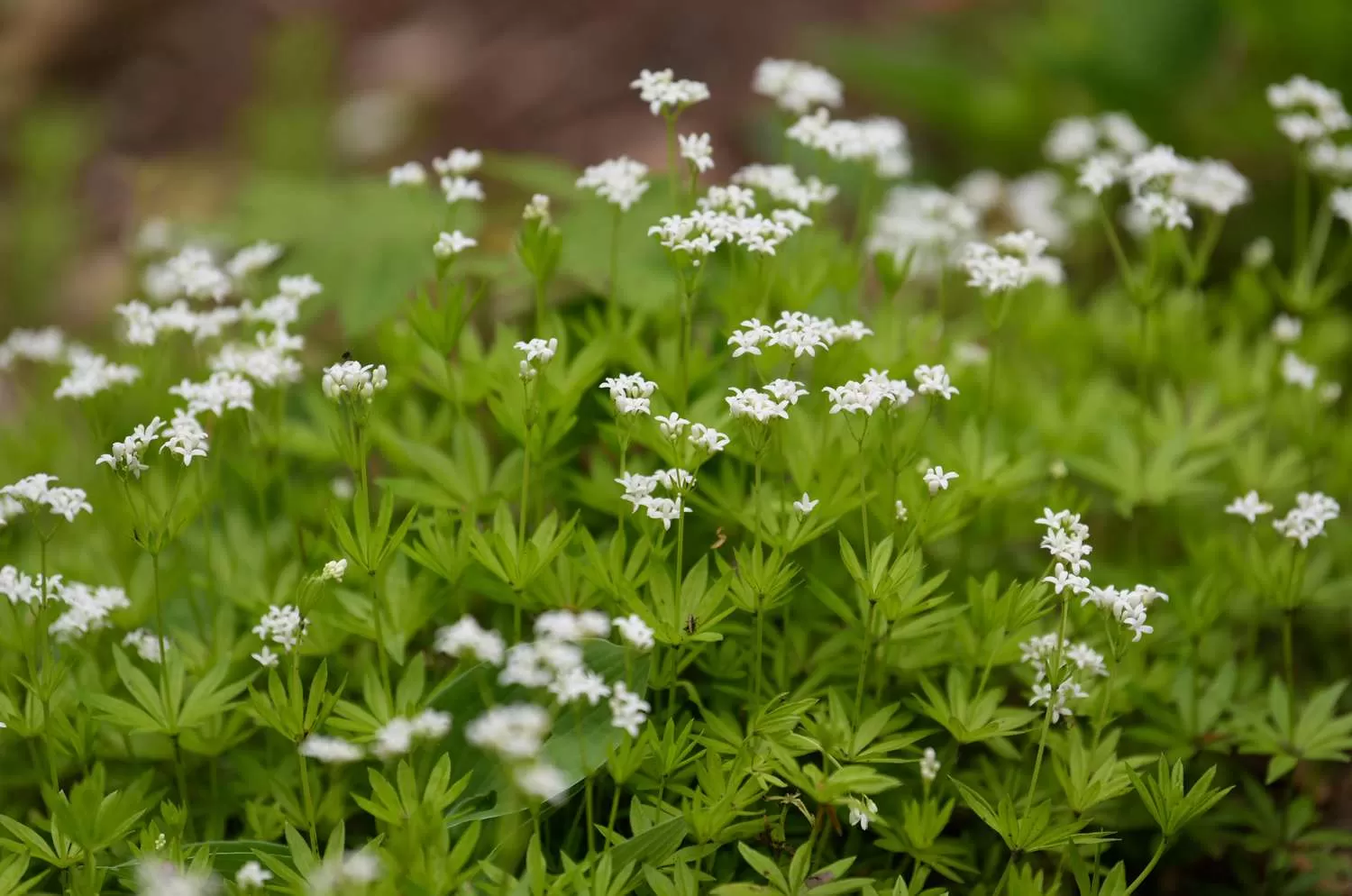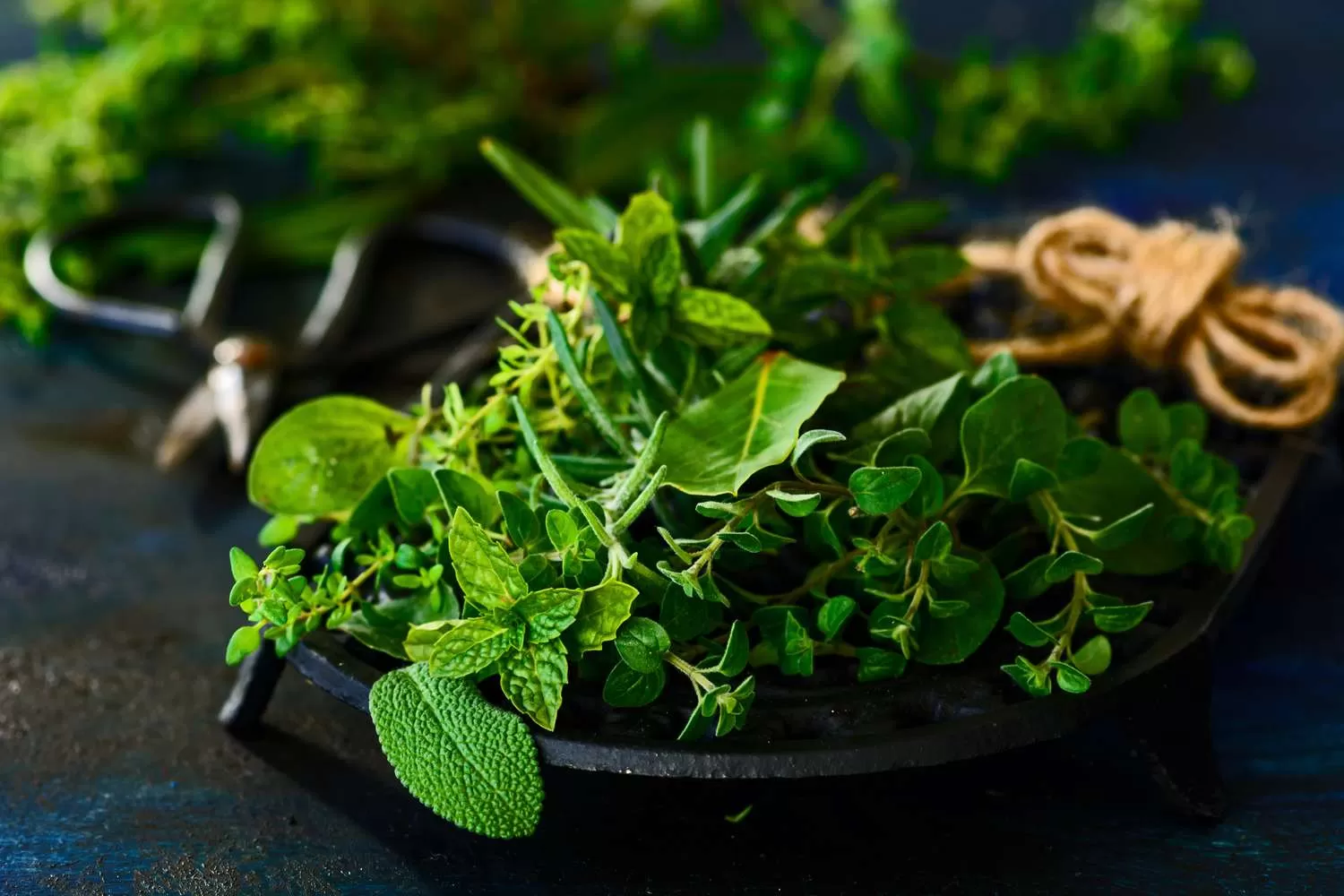- 0086-571-85302990
- sales@greenskybio.com
Breakthrough in Balloon Flower Research: Genetic Insights for Enhanced Medicinal Yield
2025-03-23
Platycodon grandiflorus, widely known as balloon flower, holds a revered place in traditional medicine due to its concentration of saponins, which possess anti-inflammatory, anti-cancer, and immune-enhancing qualities. Despite its potential, the plant's utilization is limited by low saponin yields and inefficient cultivation practices. Addressing these hurdles is critical to fully harnessing the therapeutic benefits of P. grandiflorus.
A team of researchers from Northeast Agricultural University and the Key Laboratory of Cold Region Landscape Plants and Applications embarked on a mission to uncover the genetic and molecular secrets of saponin biosynthesis. Their findings, published in Horticulture Research on February 28, 2024, spotlight the role of methyl jasmonate (MeJA) in upregulating the PgbHLH28 gene, thus amplifying saponin production.
The study meticulously examined MeJA's impact on saponin synthesis within P. grandiflorus roots, identifying 100 μmol/l as the ideal concentration for maximizing saponin accumulation. Through RNA sequencing, the PgbHLH28 gene emerged as a critical player. Researchers demonstrated that overexpressing this gene significantly boosts saponin levels, whereas gene silencing triggers a decline in synthesis.
Advanced techniques, including yeast one-hybrid and dual luciferase assays, confirmed that PgbHLH28 binds directly to PgHMGR2 and PgDXS2 promoter regions, orchestrating their expression to enhance saponin biosynthesis. This discovery unveils a sophisticated regulatory framework controlled by MeJA and PgbHLH28, central to saponin production.
Dr. Tao Yang, an esteemed figure in plant biotechnology and co-author of the study, remarked, "Our research represents a substantial leap in decoding the genetic factors governing saponin biosynthesis in P. grandiflorus. Identifying PgbHLH28 as a pivotal regulator allows us to explore precision genetic modifications to elevate this plant’s medicinal efficacy."
This breakthrough holds substantial promise for both agriculture and pharmaceuticals. Utilizing these newfound insights, scientists can cultivate P. grandiflorus varieties with superior saponin yields, augmenting their therapeutic potential. The implications are profound, potentially leading to improved natural remedies for inflammatory and viral afflictions. Moreover, the study's genetic insights could extend to enhancing saponin content in several medicinal plants, fostering the integration of natural compounds into modern therapeutic regimes, and sparking novel innovations in medicine.
By tapping into the genetic regulation of saponin biosynthesis, this research paves the way for more effective cultivation strategies that could transform P. grandiflorus into a formidable ally in health care and pharmaceutical applications.















